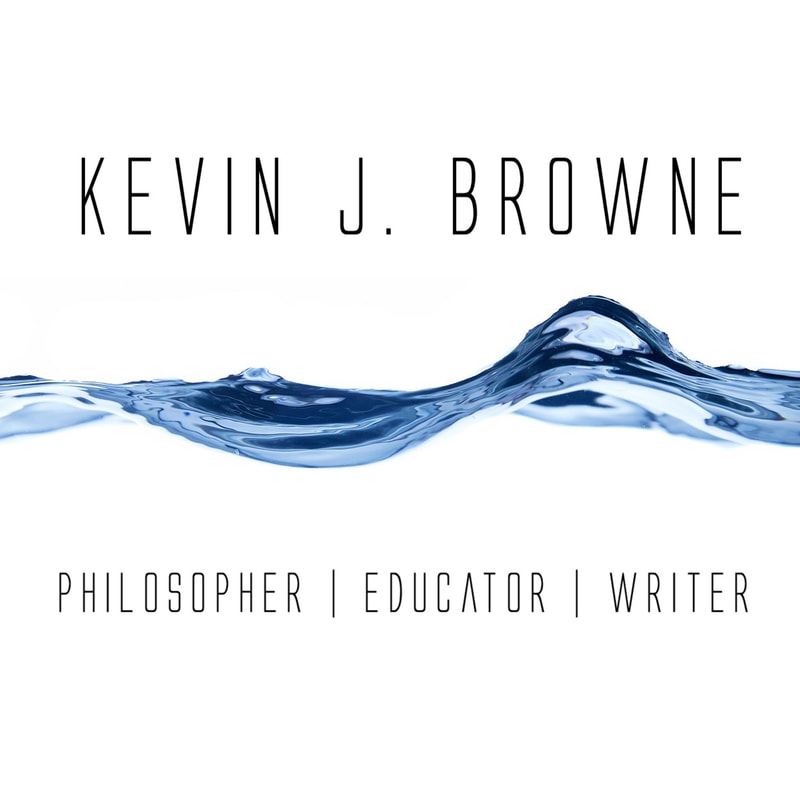|
Image by Ulrike Mai from Pixabay
The psychologist Martin Seligman helped discover the phenomenon of learned helplessness. As described by Kendra Cherry “Learned helplessness occurs when an animal is repeatedly subjected to an aversive stimulus that it cannot escape. Eventually, the animal will stop trying to avoid the stimulus and behave as if it is utterly helpless to change the situation. Even when opportunities to escape are presented, this learned helplessness will prevent any action.” Originally discovered in studies of animals the findings have been shown to apply to people as well. Recent studies indicate that this helplessness may not be learned but rather an institual response to environmental conditions. In either case, it can be a problem.
I see the phenomenon in my students all of the time. And our education system seems determined to continue to foster this learned helplessness. If a student somehow makes it to college without learning to be helpless it is no small miracle. This of course raises the question: What can we do to continue teaching helplessness so that even college students end up helpless? After all, all the evidence I see suggests that this is the main goal of formal education. I have some ideas.
Provide an Extremely Detailed Syllabus: As Marie Artim has been quoted as saying in a Washington Post article, "this generation has been 'syllabused' through their lives." Result: lack of thinking and problem solving skills. The more detail we provide in our syllabus the less room there is for questioning, thinking, or ambiguity. Great. Ambiguity fosters thinking and problem solving. These are not traits we want helpless students to graduate with. Fortunately, most universities are under some accreditation regime which requires that all syllabi be the equivalent of extremely detailed legal contracts. Only Give Students Problems With Known Answers: Math classes already excel at this. Every textbook problem comes complete with all the information you need to know to solve the problem. If you get stuck you can always look back in the chapter for specific hints to solve the problem or, even better, a problem almost exactly like the one you're trying to solve so that you can copy the method without thinking too much about why you're doing it. Other classes should adopt this method wherever possible. Be Sure to Only Test What You Cover in Class: Exams are risky because you may be tempted to put in problems that were not directly covered or exactly in the same format as the ones from the text or lecture. [As Howard Gardner has argued, doing so is one way to help foster understanding in students which, of course, cannot be a learning outcome since, according to many educrats, it can't be measured.] But, again, asking questions on exams that you have not directly discussed or taught only encourages creative thinking and problem solving. We don't want that. So, best to include only questions virtually identical to ones in the text or lecture. Provide Detailed Notes or Transcripts and PowerPoints Online: We don't want students to have to explain things in their own words because that would encourage more thinking. Better to provide exact transcripts that students can memorize for exams or presentations. Even better, they can copy the exact format you use for their own presentations. Whatever you do, be sure to emphasize the need to learn these things verbatim. Don't Stray From Your Subject Matter in Class: Staying on topic and only discussing information related to the class that will be tested will insure that students do not attempt to make interesting connections between what you are teaching and any other subject or area of interest to them. So much the better. Making such connections could foster meaning, interest in learning, and encourage creativity and problem solving. Encourage More and More Assessment Data: Finally, we need to be sure to encourage professors to think of their students mainly as data points: assessment data, learning outcomes data, retention figures, graduation rates. Thinking of students as data points encourages the students to think of themselves as data points. This can't help but encourage the helplessness mindset. On the other hand, perhaps we would rather reverse the learned helplessness that students already exhibit. If so we need to do the following. Allow some ambiguity into our classrooms. Let students know that the world of work they are entering, as well as life in general, is not dominated by rubrics. Ask students to solve some real problems. Problems where the solution is unknown and finding it would be a real benefit to people. Let students grapple with uncertainty. Every academic subject has ambiguity and uncertainty: history. science. philosophy, psychology, even economics all contain uncertainty. Students need to know this and deal with it. Encourage students to make connections between various academic subjects and make connections to their interests and life experiences. Stop obsessing over data. Everything about learning, like life, is not reducible to a data point. Students are not data points. They are people. Let's start treating them like people. Talk to students. Find out what they are thinking. Find out what interests them. Help them cultivate their interests and passions. Help them to become life long learners. And, for goodness sake, help them to be self-reliant, not helpless! Comments are closed.
|
KEVIN J. BROWNEPhilosopher / Educator These blog posts contain links to products on Amazon.com. As an Amazon Associate I earn from qualifying purchases.
Categories
All
Archives
April 2023
|




 RSS Feed
RSS Feed
















